The packaging industry is undergoing a seismic shift, driven by growing environmental concerns and technological advancements. Traditional packaging materials, particularly single-use plastics, have come under intense scrutiny for their detrimental impact on ecosystems. This has catalyzed a global movement towards innovative solutions that promise not only to reduce waste but to redefine the very essence of packaging. The revolution is unfolding across three exciting frontiers: edible packaging, water-soluble films, and intelligent labels, each representing a leap towards a more sustainable and interactive future.
Edible packaging is perhaps the most conceptually radical innovation emerging from laboratories and startups worldwide. The premise is simple yet revolutionary: instead of discarding a wrapper, you can eat it. This eliminates packaging waste at the source. Scientists are crafting these consumable layers from a variety of natural polymers. Seaweed extracts, specifically alginate and agar, are leading the charge, forming transparent, tasteless, and robust films that are perfect for sealing dry snacks or seasoning capsules. Not far behind are proteins derived from milk (casein) and legumes, which offer excellent oxygen-blocking properties, drastically extending the shelf life of sensitive foods like cheese and meats by preventing spoilage. Starch from corn, potatoes, and other plants is also being engineered into flexible and soluble films. Beyond mere containment, the potential for enrichment is enormous. Imagine a vitamin-fortified wrapper on a candy bar or a probiotic-infused film around a yogurt ball, turning the package into a functional part of the product itself. While challenges remain—particularly in scaling production, ensuring structural integrity for a variety of products, and navigating consumer acceptance—the progress signals a future where throwing away a package could become the exception, not the rule.
Parallel to the development of edible solutions is the rapid advancement of water-soluble films. These materials are designed to dissolve completely upon contact with water, leaving no trace behind. The technology hinges on synthetic polymers like polyvinyl alcohol (PVA) and natural derivatives that disintegrate in hot, cold, or even specific pH water. The applications are vast and transformative. The detergent industry has been an early adopter, famously encapsulating liquid laundry and dishwasher pods in dissolvable PVA film, which has significantly reduced plastic bottle usage. In agriculture, water-soluble pods can contain pre-measured amounts of pesticides or fertilizers, dissolving with irrigation to ensure precise application and enhance safety for farmers. The healthcare sector sees immense value for unit-dose medications, improving patient compliance and reducing packaging waste from hospitals. The true genius of this technology lies in its tunability; researchers can engineer films to dissolve at specific temperatures or times, opening doors for controlled release mechanisms in various industries. This smart dissolution capability ensures that the packaging performs its duty during transport and storage but vanishes conveniently and safely when its job is done.
Completing this trifecta of packaging innovation is the rise of intelligent labels. This is where sustainability meets digital intelligence. Unlike their predecessors, these are not passive pieces of paper or plastic. They are dynamic communication tools embedded with technology. A major category is time-temperature indicators (TTIs). These simple, cost-effective labels change color permanently if a product has been exposed to temperatures outside a safe range during transit, providing a clear, visual warning to retailers and consumers about potential spoilage, thus enhancing food safety and reducing waste. Moving a step further, RFID (Radio-Frequency Identification) and NFC (Near-Field Communication) tags are being integrated directly into packaging. A simple tap of a smartphone can unlock a treasure trove of information: a product’s full origin story with a farm-to-table journey, detailed allergen and ingredient data, recipe suggestions, and even authentication codes to combat counterfeiting of luxury goods or pharmaceuticals. The most cutting-edge development involves printable biosensors. These microscopic components on a label can detect the presence of pathogens like E. coli or signs of food decay, such as ammonia from spoiled meat, and change color to alert the user. This moves quality control from the factory directly into the consumer’s hands, empowering them with unprecedented levels of information.
The convergence of these three domains—edible, dissolvable, and intelligent—paints a picture of a holistic packaging ecosystem for the future. We are moving beyond the linear "take-make-dispose" model to a circular, intelligent, and interactive system. The implications for supply chains are profound. Smart labels will provide real-time, granular data on the location and condition of every item, enabling unprecedented logistics optimization and inventory management. For sustainability, the reduction in waste will be monumental. Edible and water-soluble materials can dramatically cut down the volume of packaging entering landfills and oceans, while also reducing the carbon footprint associated with production and transportation due to their often bio-based origins. However, the path forward is not without its hurdles. The economic viability of scaling these technologies to compete with cheap, conventional plastics is a significant challenge. Regulatory bodies worldwide will need to develop new frameworks to ensure the safety of edible materials and the reliability of smart sensors. Perhaps the biggest hurdle will be consumer behavior. Will people be comfortable eating their wrapper? Will they trust a color-changing label over a printed expiration date? Education and transparent communication will be key to driving adoption.
In conclusion, the packaging revolution is far more than a trend; it is a necessary and fundamental reimagining of an industry at the crossroads of environmental responsibility and technological possibility. The developments in edible packaging, water-soluble films, and intelligent labels are not happening in isolation but are synergistically pushing the boundaries of what packaging can be. This is not merely about containing a product anymore. It is about enhancing it, protecting it, informing the consumer about it, and then disappearing without a trace or becoming part of the experience itself. The wrapper of the future will be functional, informative, and environmentally benign, marking a decisive step towards a cleaner, smarter, and more sustainable world.
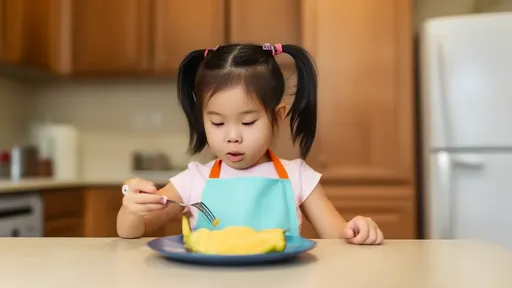
By /Aug 29, 2025
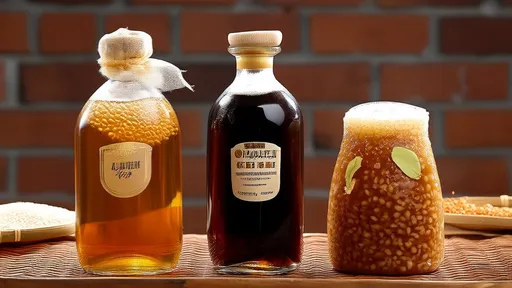
By /Aug 29, 2025
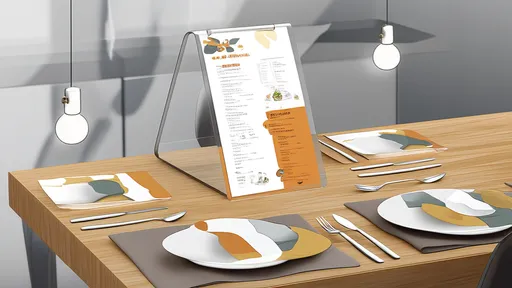
By /Aug 29, 2025
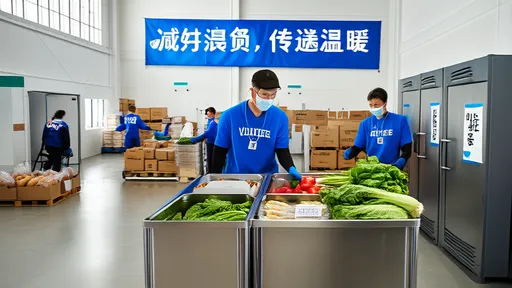
By /Aug 29, 2025

By /Aug 29, 2025

By /Aug 29, 2025

By /Aug 29, 2025
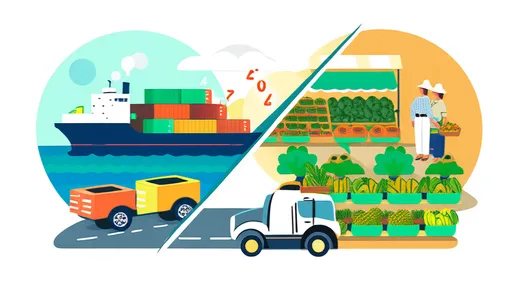
By /Aug 29, 2025
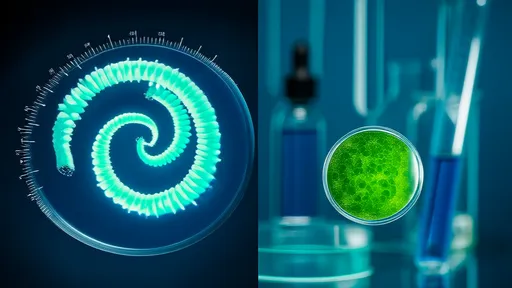
By /Aug 29, 2025
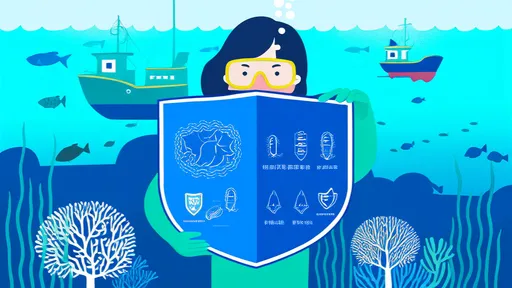
By /Aug 29, 2025
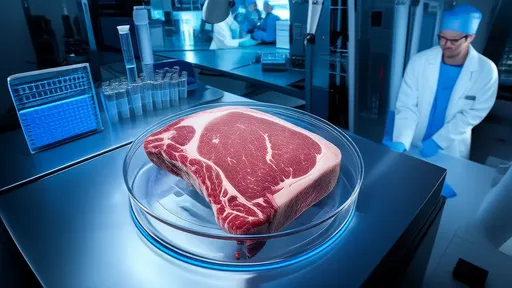
By /Aug 29, 2025
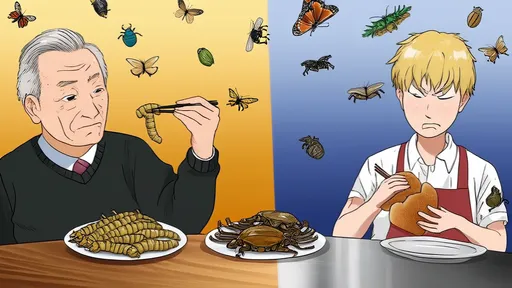
By /Aug 29, 2025
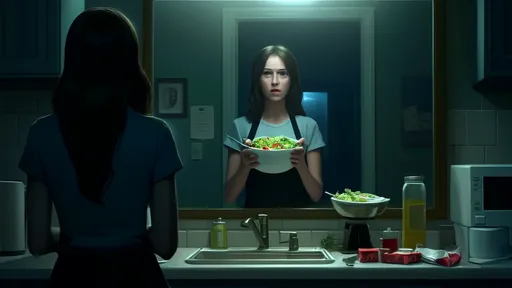
By /Aug 29, 2025
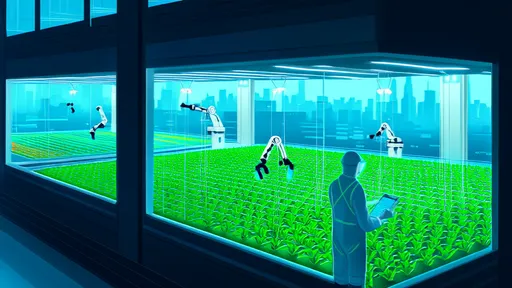
By /Aug 29, 2025
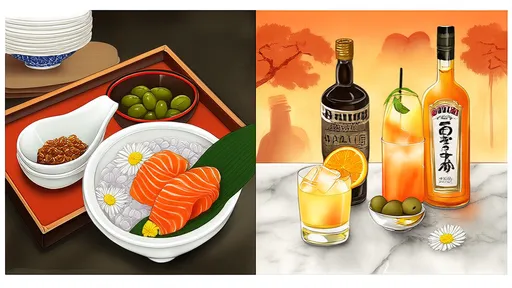
By /Aug 29, 2025
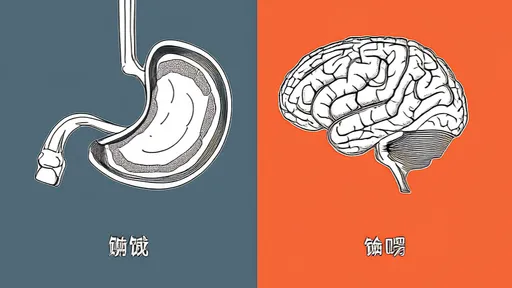
By /Aug 29, 2025
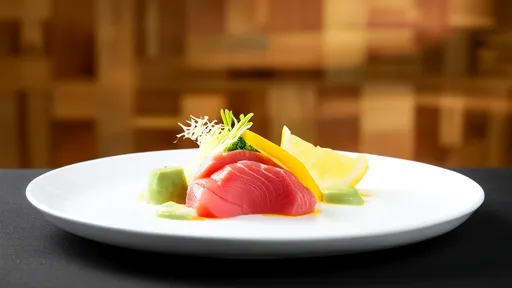
By /Aug 29, 2025
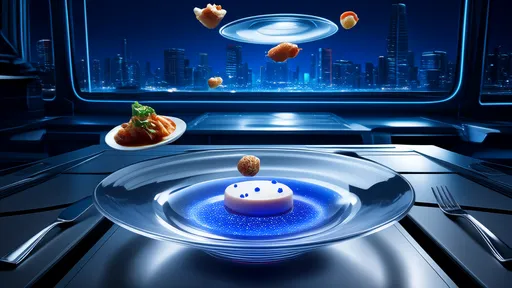
By /Aug 29, 2025
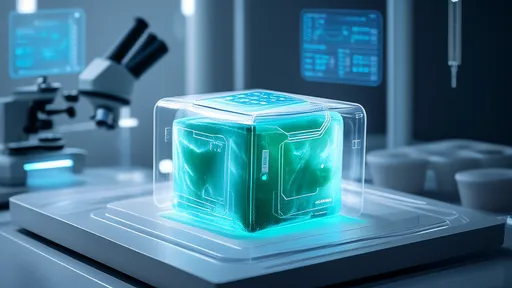
By /Aug 29, 2025
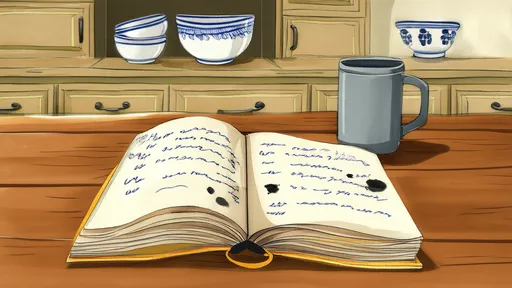
By /Aug 29, 2025